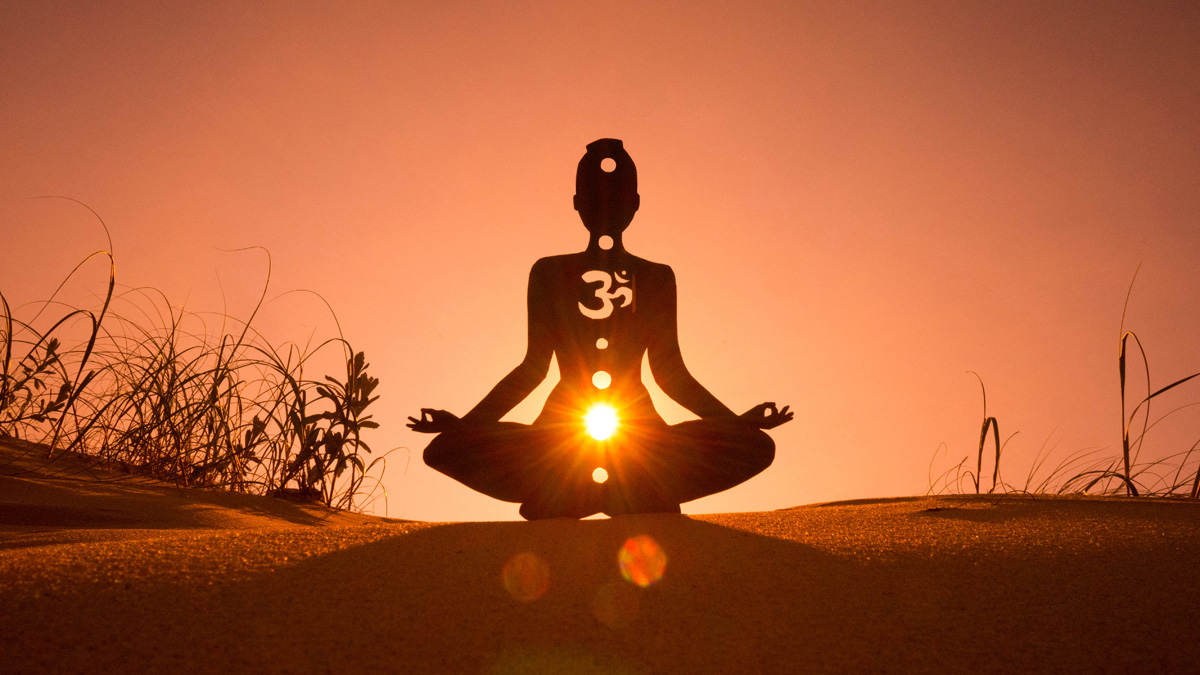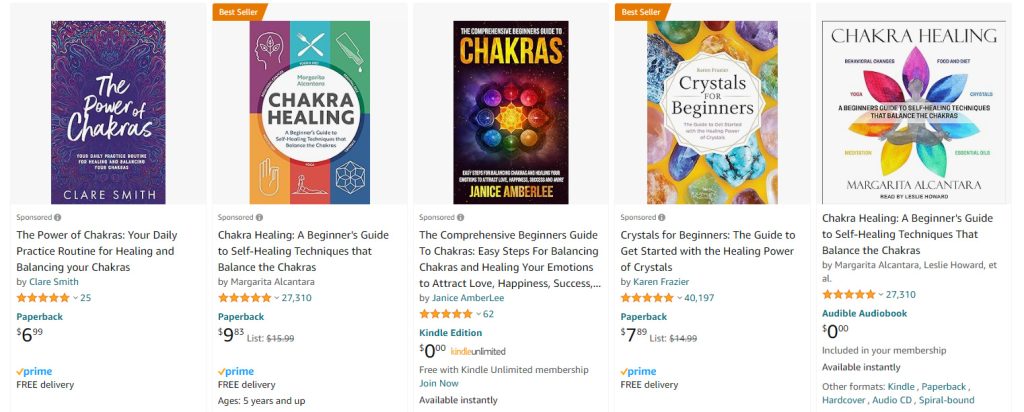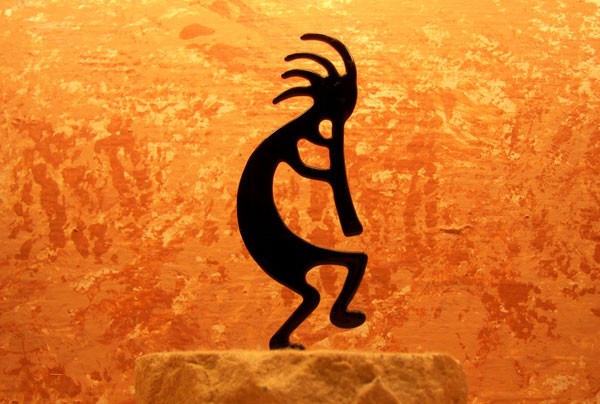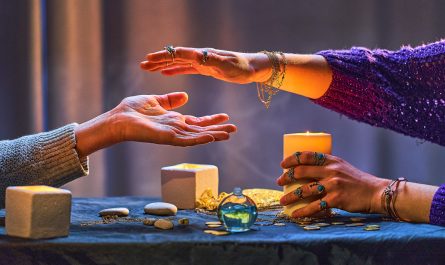Last Updated on April 10, 2025 by Avia
If you’re ready to tap into your inner wisdom, release stagnant energies, and create a harmonious flow throughout your entire being – you’re in the right place. Whether you’re new to the concept of chakras or an experienced practitioner looking for fresh insights – it’s all cool. This is a great guide for all skill levels, and I talk about all the different aspects of chakra meditations for wellness and harmony.
In a nutshell, chakra meditations and guided visualizations are types of meditations that work to unblock certain energy centers known as chakras. These energy centers influence different aspects of our lives, and they need to be balanced to achieve a renewed feeling and become more grounded and stronger.
Table of Contents
- What Is a Chakra, Anyway?
- Benefits of Chakra Meditation
- Meaning, Significance, and Correspondences of the Seven Chakras
- Basic Chakra Meditation Technique
- Chakra Visual Meditation Video
- Tips for Guided Chakra Healing Meditations and Visualizations
- How Should I Feel After a Chakra Meditation?
- How Often Should I Do Chakra Meditations?
- Bonus Round: How to Do a Heart Chakra Meditation
- Frequently Asked Questions About Chakra Meditations
- Closing Thoughts About Chakra Meditations
What Is a Chakra, Anyway?
Chakras are an integral part of the ancient Hindu and Buddhist systems of healing and spirituality. But what exactly is a chakra? Well, simply put, a chakra is believed to be a spinning energy wheel or vortex of energy located in different parts of our body.
There are seven main chakras that run along our spine, starting from the base and moving up to the crown of our head. Each chakra corresponds to specific physical, emotional, and spiritual aspects of our being.
Having said that, there are reports that there could be thousands of different chakras in the human body. I’m only talking about the primary seven chakras because that’s what I know about – and I’m not sure about the 114 other chakras or 88,000 different chakras or whatever. I feel confident talking about these seven main chakras because I’ve done a lot of work with them. I even have these seven chakras tattooed down my spine. But I digress…

Benefits of Chakra Meditation
There are numerous benefits that you will get from chakra meditation. It is an important technique and helps in bringing about balance and healing in our bodies. It achieves this through the elimination of any blockage that may exist in any of the chakras or energy centers. The benefits include:
Emotional Equilibrium
It addresses the issue of energy imbalances while assisting individuals in working through the issues that are related to insecurity, anger, or fear.
Stress Reduction
By focusing and balancing the chakras, you can effectively reduce the stress levels and then experience a sense of tranquility.
Promotion of Self-Awareness
It encourages a sense of self-reflection by allowing you to gain insights into the energy levels and their emotional states.
Helps in Focus and Concentration
Activating and clearing the chakras can hugely help contribute to enhanced or better clarity and cognitive function.
Physical Healing
It has been useful in achieving physical body healing from ailments since some practitioners still believe in the power that comes with it.
Meaning, Significance, and Correspondences of the Seven Chakras
It is worth noting that chakra meditation views the body as a system with interconnected energy centers, as mentioned above. These energy centers have their own qualities and significance. Therefore, to help you understand each one of them, the following are the seven chakras or energy centers that you need to know:
The Root Chakra (Muladhara)
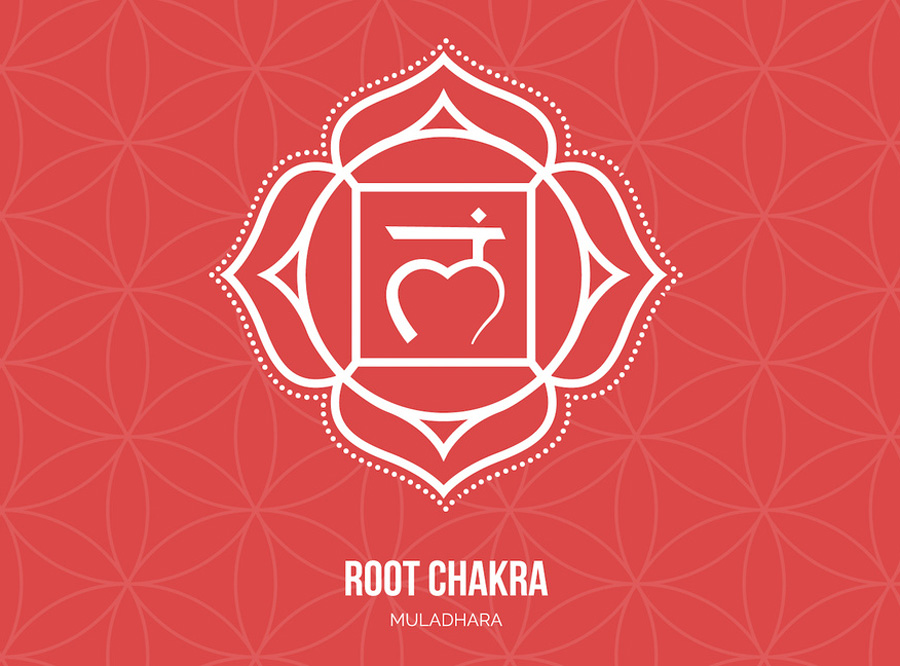
Color: Red
This is located at the base of the spine symbolizes our connection to the world. It represents feelings of safety, security, and survival. When this chakra is balanced, it provides a sense of grounding and stability.
Sacral Chakra (Swadhisthana)
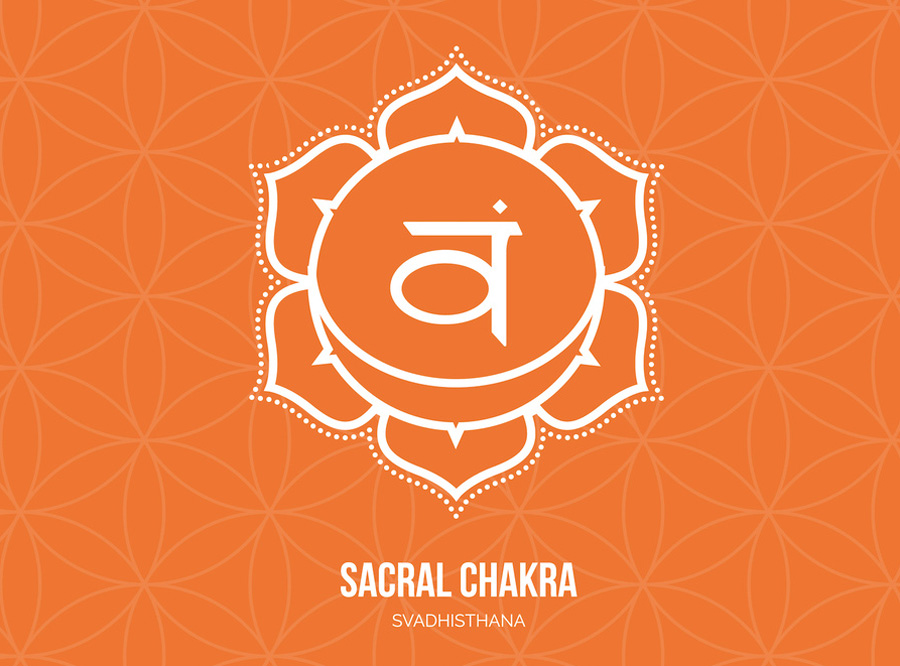
Color: Orange
The sacral chakra is situated below the navel. This chakra is associated with our creativity, sexuality, and emotional well-being. It plays a role in our ability to enjoy life, experience pleasure, and form relationships. An open and balanced Sacral Chakra encourages expression and nurtures creativity.
Solar Plexus Chakra (Manipura)
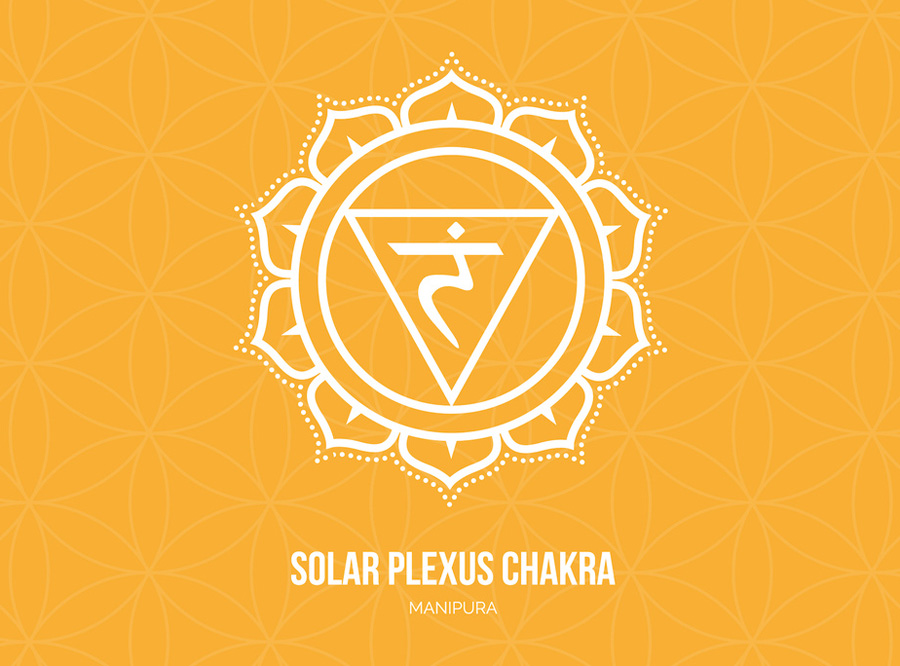
Color: Yellow
This one is found near the stomach, in the abdomen region. This chakra relates to power, self-esteem, and confidence. The solar plexus chakra (abdomen/naval area) shapes and empowers our identity. Balancing this chakra helps cultivate a sense of self-esteem and personal empowerment.
Heart Chakra (Anahata)
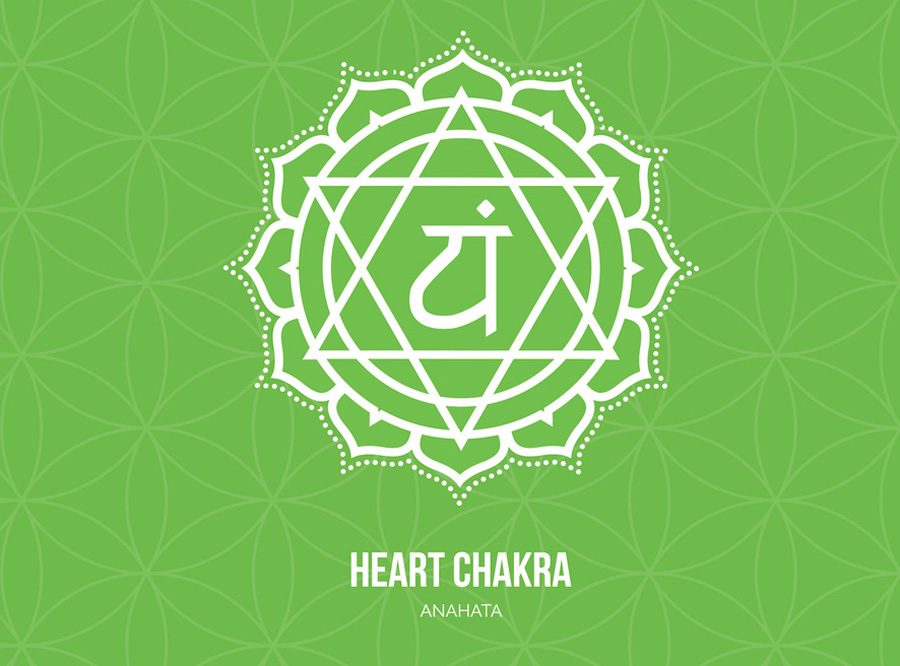
Color: Green
This is at the center of the chest. It is often associated with the color green (and sometimes pink). This chakra symbolizes love, compassion, and the capacity to build connections with others. It bridges our higher chakras, maintaining equilibrium between spiritual love.
Throat Chakra (Vishuddha)
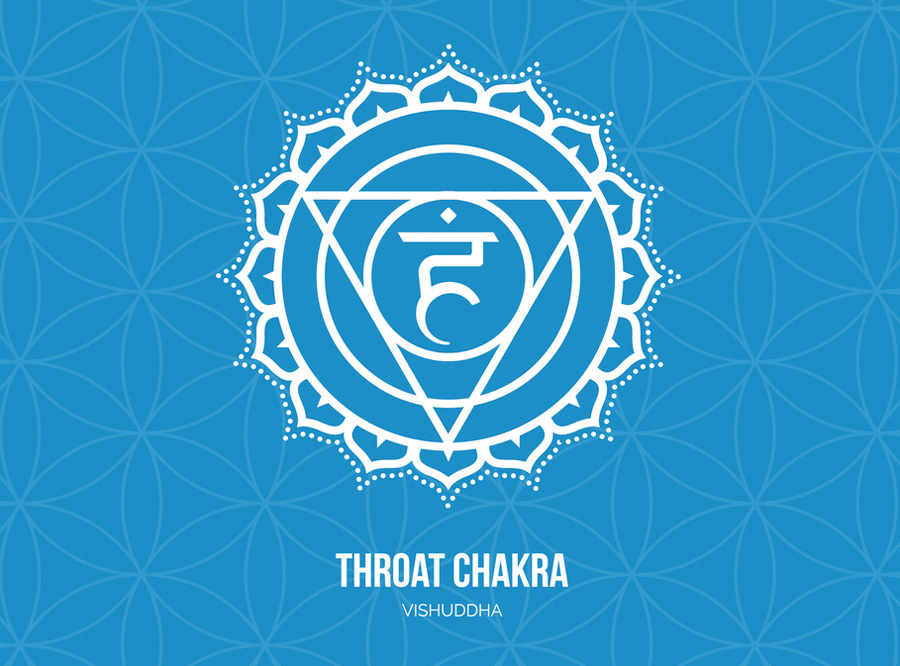
Color: Blue
The throat chakra (located at the throat) has a color representation of blue. It corresponds to the element of ether. It aids in communication, self-expression, and authenticity. It plays a role in our ability to speak our truth effectively while genuinely conveying our thoughts and emotions.
Third Eye Chakra (Ajna)
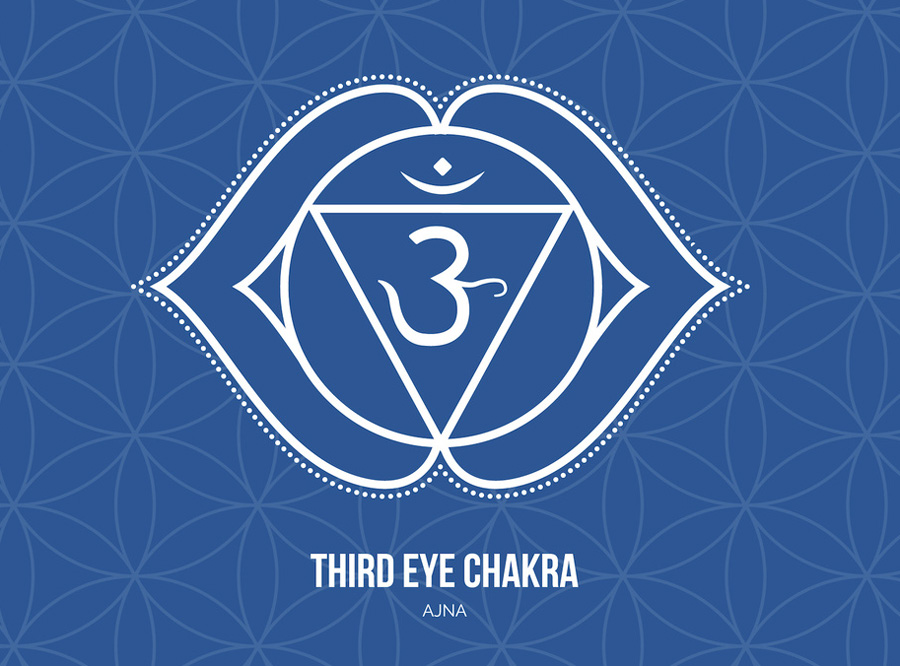
Color: Indigo
Positioned above the eyebrows, its color association is indigo while being connected to the element of light. This chakra relates to intuition, insightfulness, and spiritual awareness. It allows us to gain an understanding of ourselves as well as perceive the world around us more profoundly. Moreover, it enables us to tap into consciousness levels.
Crown Chakra (Sahasrara)
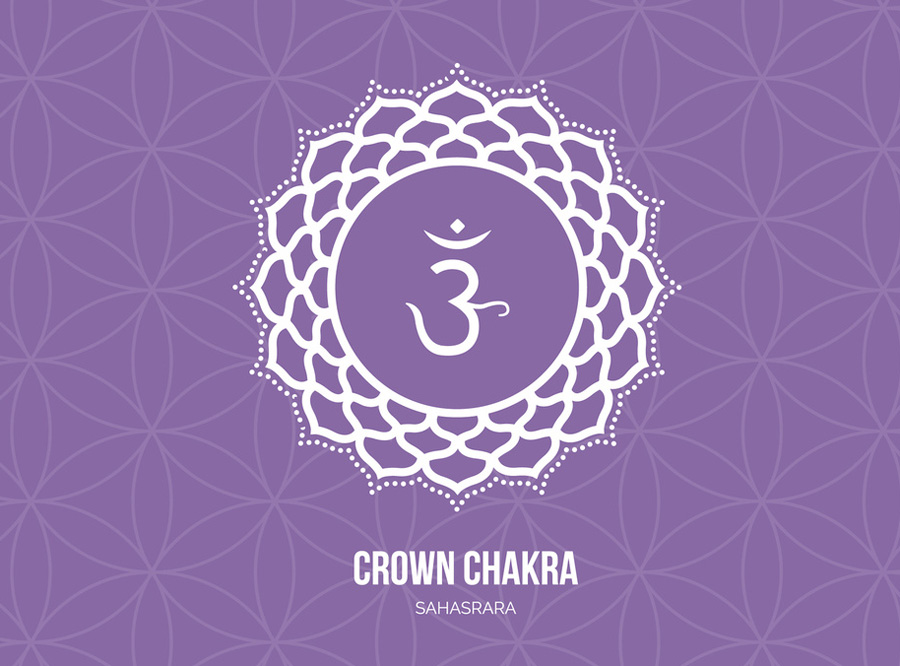
Color: Violet
The crown chakra is also known as Sahasrara, and you can find it at the top of the head. A violet or white color characterizes it. It is associated with the element of thought and symbolizes our connection to energy, universal consciousness, and higher levels of awareness. It holds significance in spirituality, enlightenment, and achieving a state of transcendence.
Basic Chakra Meditation Technique
As mentioned, chakra meditation is a way of trying to bring about balance by focusing on the blocked chakra in a guided way. The technique involves the following approach:
- Getting a quiet place that has no distractions
- Sitting or lying down in a relaxed manner
- Closing your eyes and taking some deep breaths
- Focus your imagination on the chakra color, starting with the root chakra with red color, then moving to other chakras.
- Feeling the energy you have achieved while slowly opening your eyes.
Chakra Visual Meditation Video
Tips for Guided Chakra Healing Meditations and Visualizations
Guided meditations and visualizations offer an approach to healing your chakras. These practices are particularly beneficial for beginners or anyone seeking experience. Here is an overview of how to conduct guided chakra healing meditations as in the steps I highlighted beforehand.
Grounding
Begin with a grounding exercise that connects you with the Earth and your Root Chakra. Imagine roots extending from your body into the Earth, anchoring you securely in its foundation.
Guided Chakra Activation
Starting from the root chakra, follow along with a guided meditation that takes you through each chakra individually. These meditations usually include visualizations of each chakra color along with affirmations aimed at clearing and balancing them.
Breathing and Visualization
As you concentrate on each chakra, synchronize your breath with the visualization. Take a breath, imagine the color of the chakra getting brighter and spinning freely, and breathe out as you let go of any tension or blockages associated with that chakra.
Positive Affirmations
Repeat uplifting affirmations that align with the chakra you are focusing on. For instance, for the throat chakra, you can affirm, “I effortlessly communicate my truth with clarity.”
Flow of Energy
Visualize a smooth flow of energy that moves from your root chakra and see that stream of energy surge all the way to the crown chakra connecting all seven energy centers.
Closing and Integration
Gradually shift your attention back to the moment, express gratitude for the balance and healing achieved during this meditation practice, take a few breaths, and gently open your eyes.
How Should I Feel After a Chakra Meditation?
After completing a chakra meditation, you may experience various sensations and emotions. Each person’s experience is unique, but there are some common feelings that many people report after engaging in this practice.
It’s important to note that everyone’s experience will be different. Some individuals may feel a sense of deep relaxation and calmness. They might describe feeling lighter or more at peace with themselves. Others may notice an increased awareness of their body and energy flowing through their chakras.
Some practitioners also report feeling more balanced and aligned after a chakra meditation session. This can manifest as greater clarity, focus, and mental stability. You may find yourself better able to handle stressors or challenges throughout the day.
Emotionally, you might experience a range of feelings, such as joy, contentment, or even the release of pent-up emotions. It’s not uncommon for past traumas or negative experiences to bubble up during meditations as they are being processed and released from your energetic system.
Keep in mind – the goal of chakra meditation is not necessarily to achieve any specific outcome but rather to create balance within your energy centers. So whether you feel immediate effects or not doesn’t determine the success of your practice—it’s about cultivating an ongoing relationship with yourself on all levels—physical, mental/emotional & spiritual.
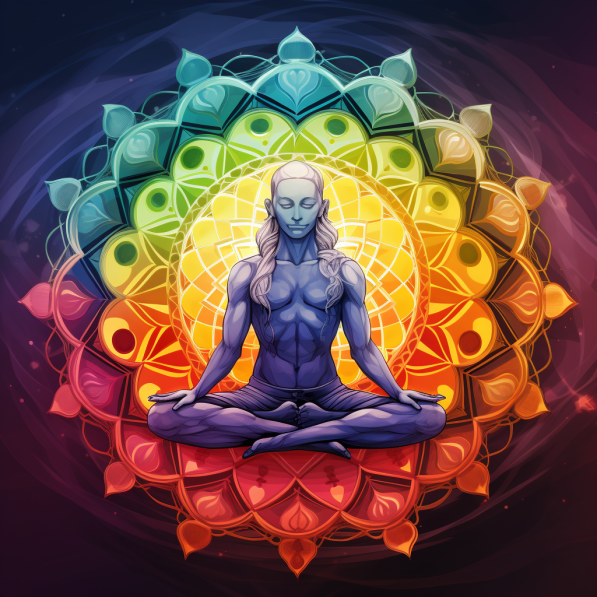
How Often Should I Do Chakra Meditations?
How often should you do chakra meditations? Well, your chakra meditation practice frequency depends on your personal preferences and needs. Some people find that daily chakra meditations work best for them, while others prefer to do it a few times a week.
If you’re new to chakra meditation, starting with shorter sessions and gradually increasing the duration can be beneficial. This allows your mind and body to adjust and integrate the energy shifts that occur during the practice.
In my opinion, it’s better to have shorter but regular sessions rather than sporadic long ones. Even just 10 minutes a day can make a significant difference in balancing your chakras and promoting overall well-being.
Listening to your intuition when deciding how often to engage in chakra meditations is important. Pay attention to how you feel during and after each session. If you notice positive changes in your energy levels, emotional state, or general sense of well-being, then continue with your current routine or consider adding more frequent sessions if desired.
Finding what works best for you is essential. Experiment with different frequencies until you discover a rhythm that supports your individual needs and goals.
Bonus Round: How to Do a Heart Chakra Meditation
The heart chakra (Anahata) is in your chest’s center. It represents love, compassion, and emotional balance. To do a heart chakra meditation, find a distraction-free, welcoming space where you can relax without any distractions.
Begin by sitting in a comfortable position with your spine straight, and your shoulders relaxed. Close your eyes and take a few deep breaths to calm your mind and body.
Visualize a green light glowing at the center of your chest. Imagine this light expanding with every inhale, filling your entire body with love and warmth. As you exhale, feel all your negative emotions blowing out with each exhale and gently move out tensions that may be blocking the flow of energy in your heart chakra.
You can enhance this meditation by silently repeating affirmations such as “I am open to giving and receiving love” or “My heart is filled with compassion for myself and others.”
Continue meditating on the heart chakra for 10-15 minutes or longer if desired. When you’re ready to end the practice, slowly bring yourself back to the present moment by wiggling your fingers and toes.
Consistency is key when practicing chakra meditations. Regularly engaging in these practices can help bring balance to all aspects of your life by clearing blockages in each chakra energy center.
Frequently Asked Questions About Chakra Meditations
The duration of a chakra meditation can vary depending on your personal preference and schedule. Some people find that just a few minutes of focused attention on each chakra is enough, while others prefer to spend more time diving deeper into the energy centers. It’s important to listen to your body and intuition when deciding how long to meditate.
Absolutely! Chakra meditations are accessible to everyone, regardless of age or experience level. Whether you’re new to meditation or have been practicing for years, working with the chakras can be a transformative and healing journey.
While various tools, such as crystals or essential oils, can enhance your chakra meditation practice, they are unnecessary. All you really need is yourself and an open mind.
There’s no hard-and-fast rule about frequency, but consistency is key. Aim to incorporate regular chakra meditations into your routine—whether it’s daily, weekly, or even monthly—to maintain balance and well-being in your energetic system.
Absolutely! Chakras can be incorporated into various forms of meditation like guided visualizations, breathwork practices, sound healing sessions—you name it! Experiment with different techniques and find what resonates best with you.
Closing Thoughts About Chakra Meditations
Chakra meditations are a powerful tool that can help us achieve so much! By focusing on the energy centers within our bodies, we can align and harmonize our chakras, promoting physical, emotional, and spiritual health.
Aim to incorporate these practices into your daily routine or at least a few times a week. With time and dedication, you will begin to notice positive shifts in your life as your chakras become more balanced. If you have any doubts or troubles with your chakra meditations, you can try to seek guidance from a chakra practitioner who can provide further insights tailored to your specific needs.
Whether you choose to start with a heart chakra meditation or explore other chakras, remember to approach each practice with an open mind and gentle intention. Allow yourself to fully immerse in the experience and let the healing energy flow through you. Oh, and if you liked this article, you may also like my article about Chakras and Flower Associations. As always, thank you for reading!
Mighty brightly,

© Copyrighted. All Rights Reserved.
Avia’s Amazon Picks for You
Sustain Your Harmony With These Amazon Chakra Selections
Want more? Me too! That’s why I’ve also got this for you on Whats-Your-Sign:
